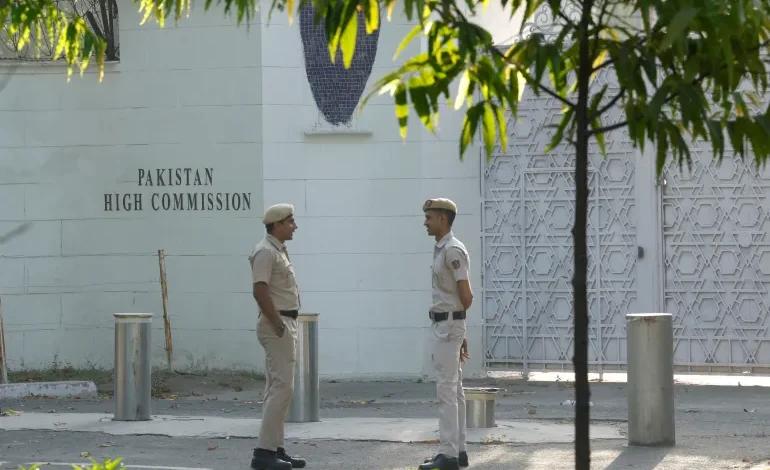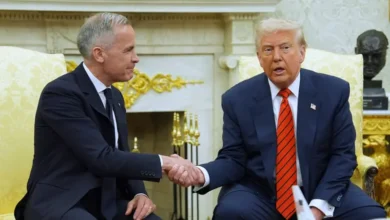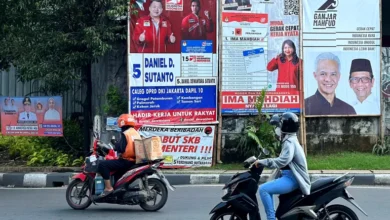Kashmir attack: Does India’s Indus Waters Treaty freeze threaten Pakistan?

In tit-for-tat moves this week, India and Pakistan have entered a strategic standoff following Tuesday’s attack on tourists in Pahalgam, Indian-administered Kashmir, which resulted in the deaths of at least 26 people.
On Wednesday, India downgraded ties with Pakistan, announcing a series of steps, the most important of which is a decision to suspend its participation in the Indus Waters Treaty (IWT), which could seriously restrict Pakistan’s water suppliesIndia has also closed its main land border with Pakistan and given some Pakistani nationals currently in India a deadline to leave the country.
On Thursday, Pakistan retaliated with similar steps against India, and also threatened to suspend its participation in all bilateral agreements between the two, including the 1972 Simla Agreement, a peace accord drawn up following their war the previous year that led to the creation of Bangladesh.
Pakistan is particularly angered by the threat to the IWT and has warned India that any disruption to its water supply would be considered “an act of war”, adding that it was prepared to respond, “with full force across the complete spectrum of national power”.The IWT, a transboundary water agreement that allows the two countries to share water flowing from the Indus basin, has survived armed conflicts and near-constant tensions between India and Pakistan over the past 65 years. While India came close to suspending the treaty in 2019, it did not go through with it.
Why has India taken action against Pakistan?
An armed group called The Resistance Front (TRF), which demands independence for Kashmir, has claimed responsibility for Tuesday’s attack in Pahalgam, one of Indian-administered Kashmir’s most popular tourist destinations. Indian authorities have previously claimed that TRF is an offshoot of the Lashkar-e-Taiba, an armed group based in Pakistan.
India has long held that Pakistan backs the armed rebellion in Kashmir, a charge Islamabad denies. On Wednesday, India claimed that the Pahalgam attack had “cross-border” linkages, blaming its western neighbour.
During a special briefing by the Indian Ministry of External Affairs on Wednesday, Foreign Secretary Vikram Misri said that the Cabinet Committee on Security (CCS) had been called to discuss the attack in which men armed with rifles killed 25 Indian tourists and one Nepalese tourist, all men.
“In the briefing to the CCS, the cross-border linkages of the terrorist attack were brought out,” Misri said.Misri added: “The Indus Waters Treaty of 1960 will be held in abeyance with immediate effect until Pakistan credibly and irrevocably abjures its support for cross-border terrorism.” For a treaty to be in abeyance means that it is temporarily suspended or on hold.Earlier on Thursday, India’s Prime Minister Narendra Modi said that India would identify, track and punish every “terrorist” and their backers.
What is the Indus Waters Treaty?
Signed in 1960, the origins of the IWT trace back to August 1947, when British colonial rule over the Indian subcontinent ended and India and Pakistan became two separate sovereign states. India is the upper riparian (located upstream) while Pakistan is the lower riparian, which means India has control over how the river flows.
Because both countries rely on the water from the Indus basin’s six rivers for irrigation and agriculture, they signed an agreement called the Standstill Agreement to continue allowing the flow of water across the border. When the Standstill Agreement expired in 1948, India stopped the water flow towards Pakistan from its canals, prompting an urgent need for negotiations on water sharing.
Following nine years of negotiations mediated by the World Bank, former Pakistani President Ayub Khan and former Indian PM Jawaharlal Nehru signed the IWT [PDF] in September 1960. The treaty gives India access to the waters of the three eastern rivers: the Ravi, Beas and Sutlej.
Pakistan, in turn, gets the waters of the three western rivers: the Indus, Jhelum and Chenab.
India can use the western rivers to generate hydroelectric power and for some limited agriculture, but cannot build infrastructure that restricts the flow of water from those rivers into Pakistan or redirects that water.









